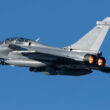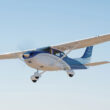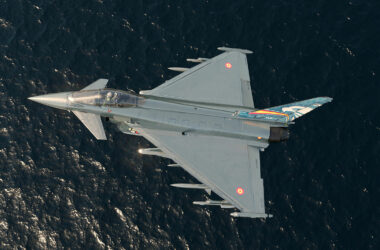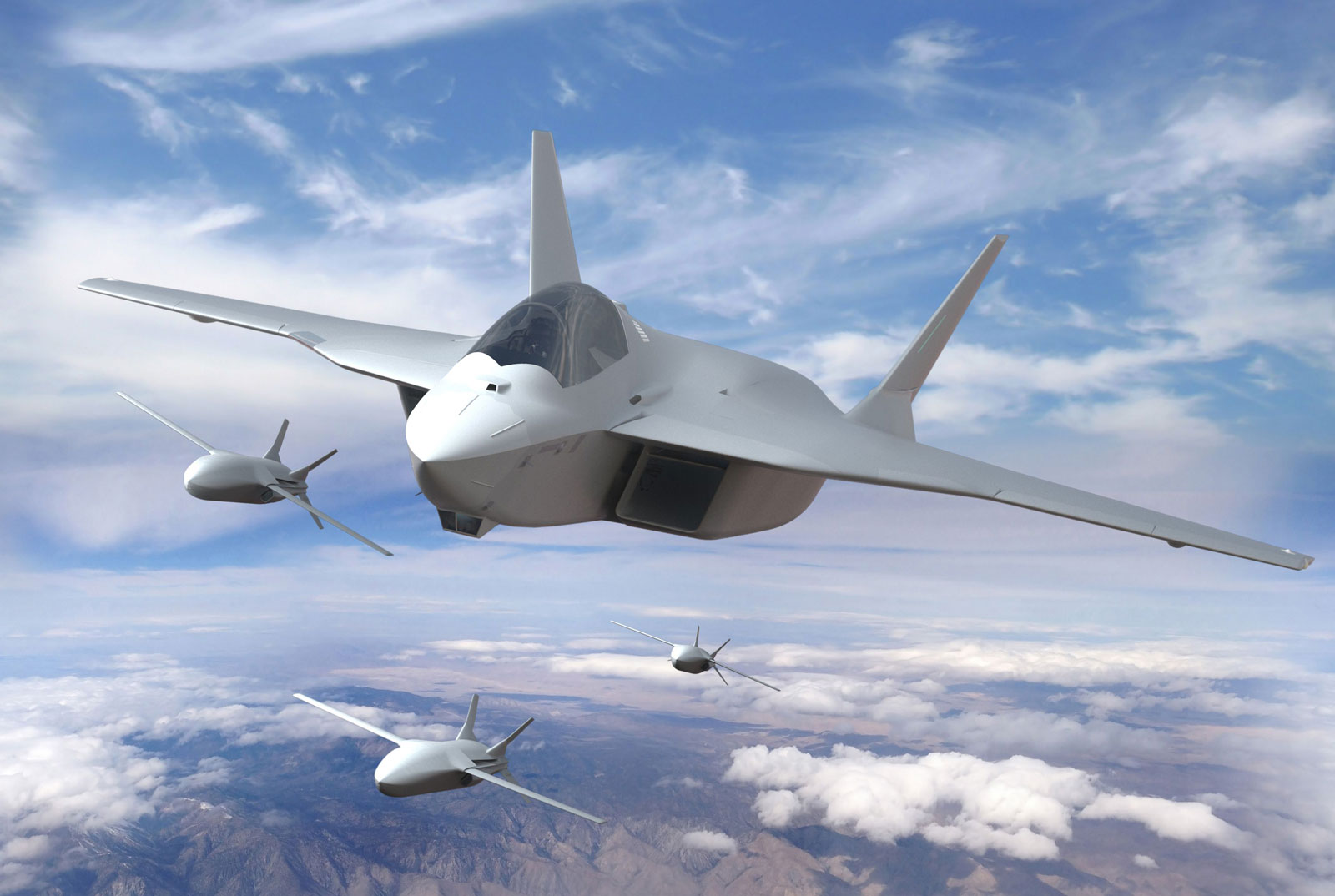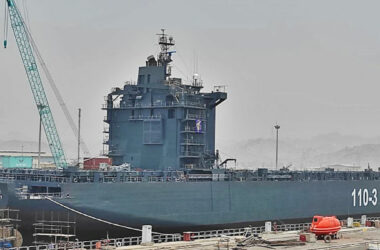Considered key players in conflicts, Airborne Early Warning (AEW) aircraft depend on advanced embedded technologies to fulfill their missions.
It is no wonder that Russia and the US are currently concerned about having more capable aircraft in their air forces. The country run by Vladimir Putin took the lead as it was close to completing the development of the A-100 Premier, a new long-range surveillance aerial platform.
The aircraft is based on the Il-76MD-90A and was equipped with a new tracking system known by the acronym BRTK. This week, United Aircraft Corporation (UAC) performed the first flight with the equipment in operation and plans to complete platform testing by the end of 2022.
“When creating radio equipment for the A-100, we used technical solutions based on a modern foundation of electronic components, high-performance computing tools and the latest achievements in home radio electronics. This applies to both the means of obtaining information regarding the complex of computers for its processing, as well as the automated workplaces of the operators”, said the UAC.
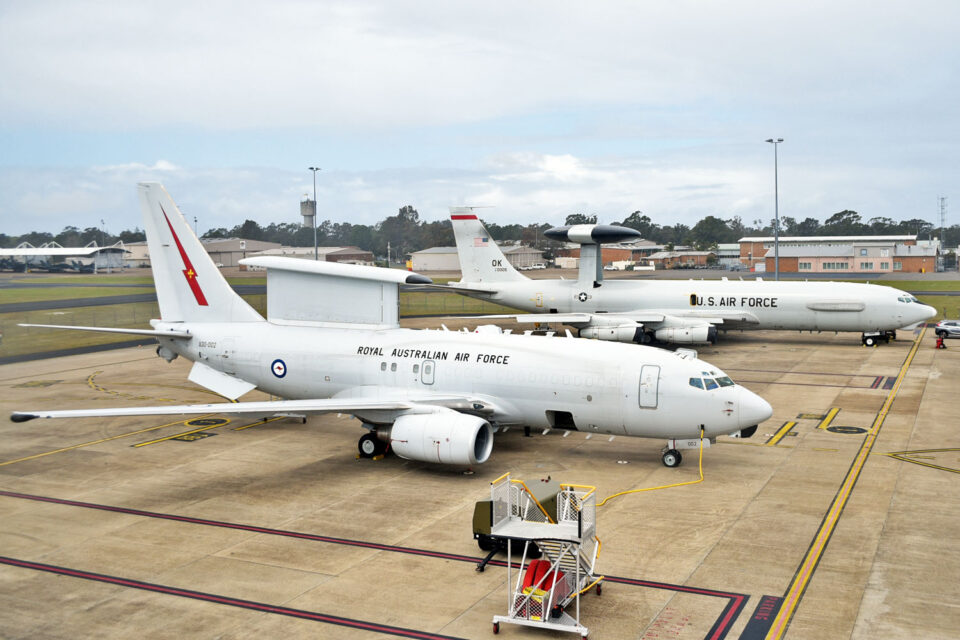
Replacement for the old E-3 Sentry
Also recently, the US Air Force finally issued a new Requirement for Information (RFI) for the design of a new Airborne Warning and Control System (AWACS).
The future aircraft will have the task of replacing the old Boeing E-3G Sentry, based on the 707 airliner and that have been a problem for the USAF in recent years due to their advanced age.
For now, the service requests the assembly of two test aircraft to be evaluated by fiscal year 2028. The new U.S. radar plane is expected to be able to feature an advanced 360-degree radar and the ability to take in six battle management command and control missions at the same time.
Unlike the Russian A-100, the USAF aircraft will use an AESA (Active Electronically Scanned Array) radar with a fixed antenna but which covers 360 degrees electronically.
While it does not launch a bid for the new AWACS, the Air Force is considering ordering the Boeing E-7 Wedgetail, a radar plane based on the 737 that was originally ordered by Australia, but today has orders from Turkey, South Korea and also from UK.


